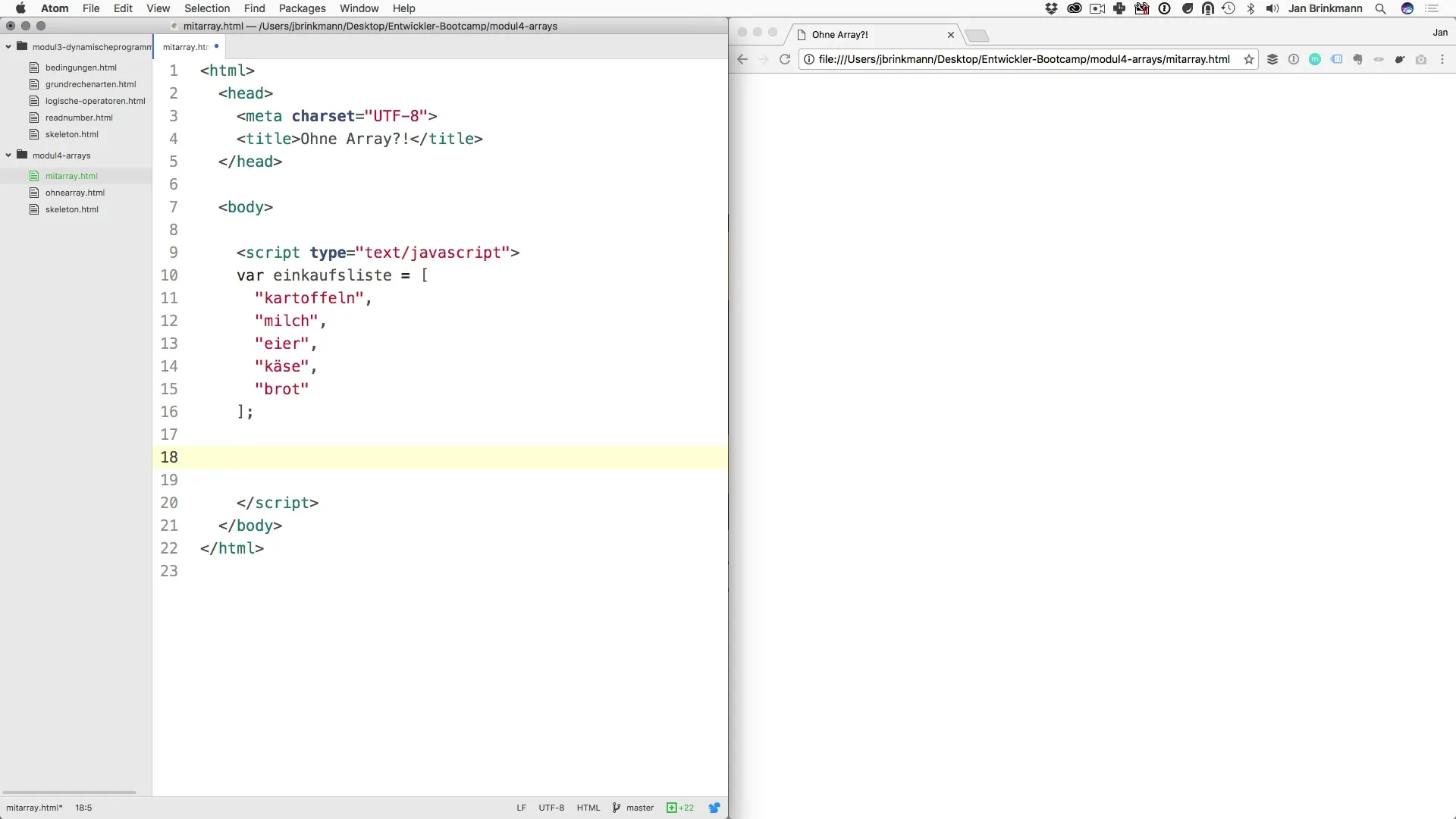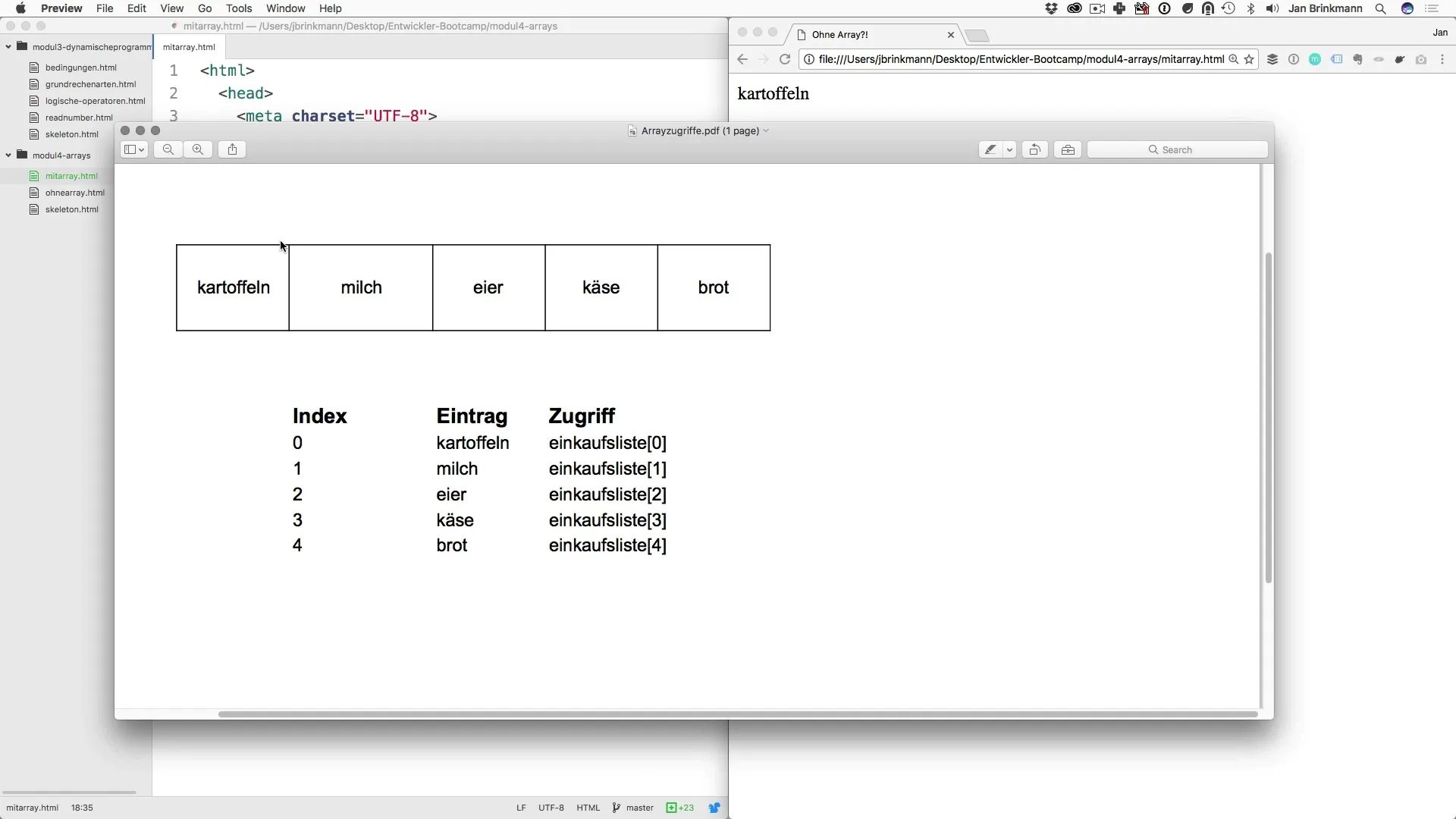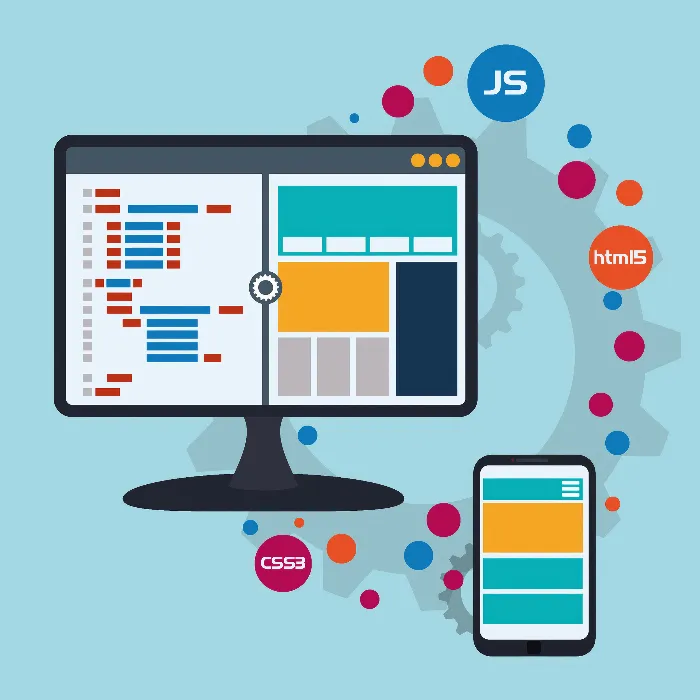Arrays are central components of many programming languages and a fundamental data structure that helps you store multiple values in a single variable. You are here to understand the structure and functioning of arrays. Therefore, in this guide, I will explain step by step how you can work with arrays.
Key insights
- Arrays are zero-based, meaning the first element has an index of 0.
- You access the elements of an array by specifying the corresponding index.
- The length property allows you to determine the number of elements in an array.
- Using loops enables you to work more efficiently with arrays.
Step-by-Step Guide
1. Basic Understanding of Arrays
Arrays are a type of data structure that allows you to store multiple values under a single variable. You can think of an array as a shopping list where all your needed items are listed.

2. Accessing Array Elements
If you want to access the elements of an array, you need to specify the index of the element. Access is typically done by using square brackets []. In JavaScript, for example, you could access the first element of a shopping list like this: shoppingList[0].
It should be noted that the index 0 corresponds to the first element.
3. Representation of Arrays
To make the concept even clearer, it is helpful to visualize the array. Each element in the array can be thought of as a box. For example, your shopping list could consist of the elements "Potatoes," "Milk," "Eggs," and "Cheese Sandwich."
These elements then reside in an array that you might call "shoppingList."

4. Zero-Based Index
It is important to note that all modern programming languages you work with typically use a zero-based index. This means that the first element of the array can be found at index 0, the second at index 1, and so on.
This becomes particularly relevant when you're trying to query or iterate through elements programmatically.
5. Accessing Array Elements
To demonstrate access to individual elements, you could use the following line in your script: document.write(shoppingList[0]);. This would output "Potatoes" if that's your first element in the array.
Depending on how many elements you have in your array, you can adjust the indices accordingly.
6. Determining the Length of an Array
To find out how many elements are stored in an array, you can use the length property. In JavaScript, you would do this as follows: shoppingList.length;. If your array contains five elements, this line would return the value 5.
7. Working with Arrays in Loops
An advanced approach to working with arrays is using loops. Instead of querying each element manually, you can iterate through the array with a loop to gain access to all elements.
This will be covered in more detail in the next module, but it is important to understand now that you do not have to access the array statically but can do so dynamically by using the length of the array.
8. Adding and Removing Elements
A basic understanding of arrays also means that you need to know how to add or remove elements. Accessing the elements is just one part of the whole. Please note the methods available for this, which we will discuss in the next video.
Summary – Arrays for Beginners: How Access Works
In this guide, you have learned how arrays are structured and how you can effectively access their elements. The use of zero-based indices and access through the length of the array are fundamental concepts that facilitate your entry into programming.
Frequently Asked Questions
What is an array?An array is a data structure that allows you to store multiple values under a single variable.
How do I access an element in an array?You access an element by specifying the index in square brackets, e.g., array[index].
What does a zero-based index mean?It means that the first element in the array has an index of 0, the second element has an index of 1, and so on.
How do I find out the number of elements in an array?You can use the length property to determine the number of elements stored in an array.
Can I add or remove elements to or from an array?Yes, there are specific methods for that which will be explained in future tutorials.


